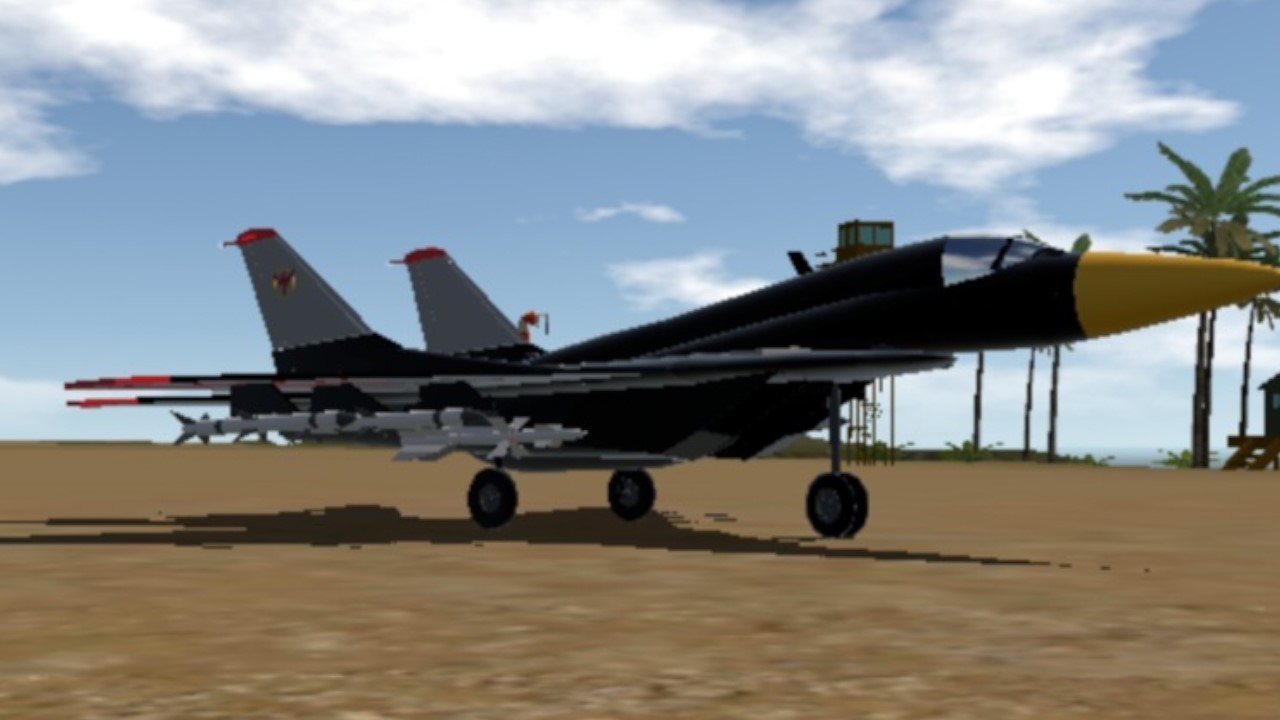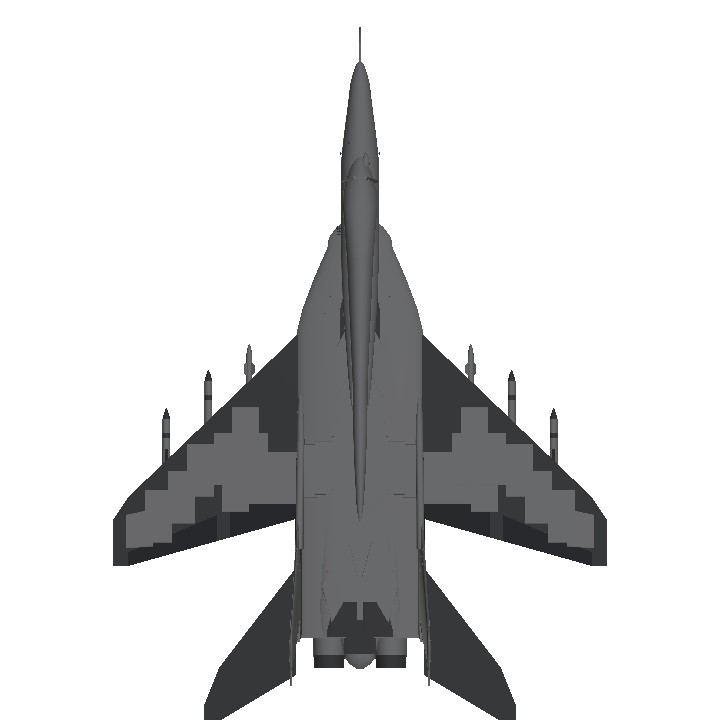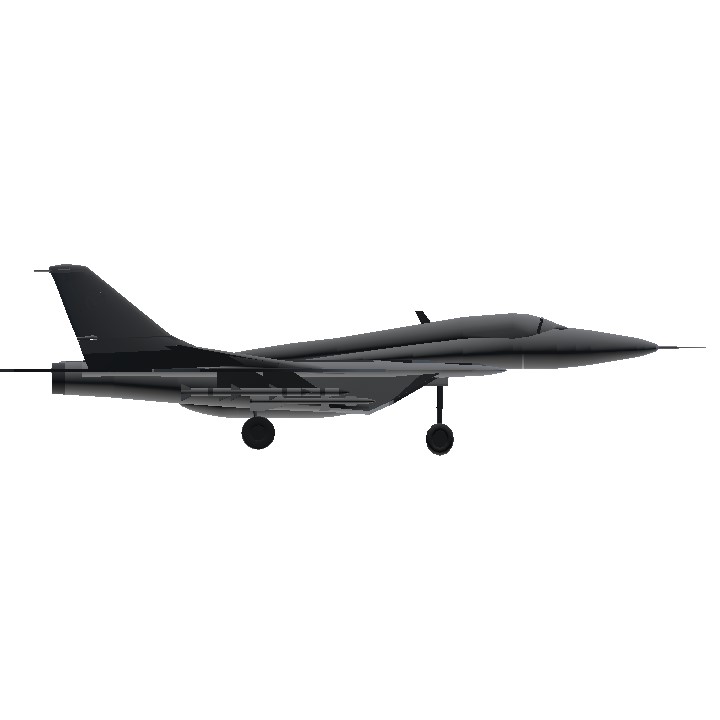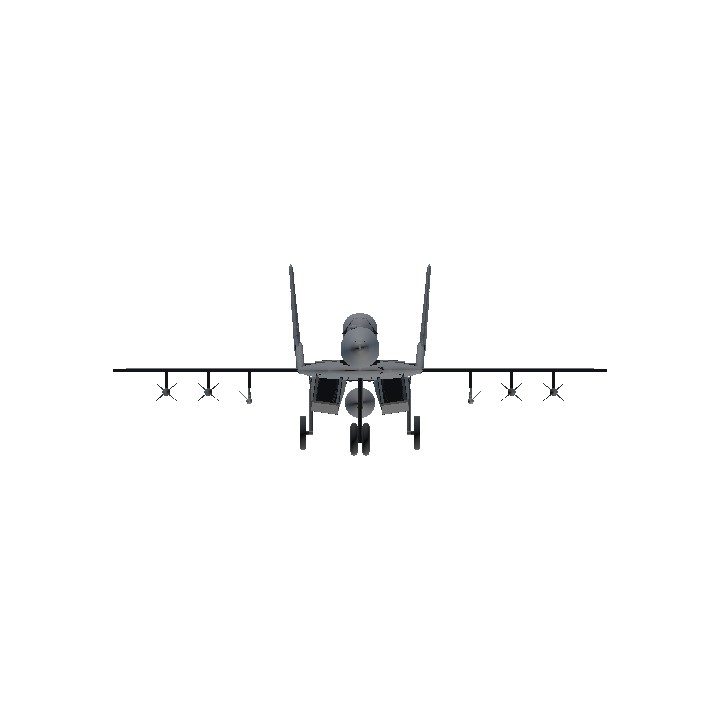The Mikoyan MiG-29 is a twin-engine fighter aircraft designed in the Soviet Union. Developed by the Mikoyan design bureau as an air superiority fighter during the 1970s, the MiG-29, along with the larger.
the MiG-29, along with the larger Sukhoi Su-27, was developed to counter new U.S. fighters such as the McDonnell Douglas F-15 Eagle and the General Dynamics F-16 Fighting Falcon. The MiG-29 entered service with the Soviet Air Forces in 1983.
While originally oriented towards combat against any enemy aircraft, many MiG-29s have been furnished as multirole fighters capable of performing a number of different operations, and are commonly outfitted to use a range of air-to-surface armaments and precision munitions. The MiG-29 has been manufactured in several major variants, including the multirole Mikoyan MiG-29M and the navalised Mikoyan MiG-29K; the most advanced member of the family to date is the Mikoyan MiG-35. Later models frequently feature improved engines, glass cockpits with HOTAS-compatible flight controls, modern radar and infrared search and track (IRST) sensors, and considerably increased fuel capacity; some aircraft have also been equipped for aerial refueling.
Following the dissolution of the Soviet Union, the militaries of a number of ex-Soviet republics have continued to operate the MiG-29, the largest of which is the Russian Air Force. The Russian Air Force wanted to upgrade its existing fleet to the modernised MiG-29SMT configuration, but financial difficulties have limited deliveries. The MiG-29 has also been a popular export aircraft; more than 30 nations either operate or have operated the aircraft to date. As of 2013, the MiG-29 has been in production by Mikoyan, a subsidiary of United Aircraft Corporation (UAC) since 2006.
In the mid–1960s, the United States Air Force (USAF) encountered difficulties over the skies of Vietnam. Supersonic fighter bombers that had been optimized for low altitude bombing, like the F-105 Thunderchief, were found to be vulnerable to older MiG-17s and more advanced MiGs which were much more maneuverable. In order to regain the limited air superiority enjoyed over Korea, the US refocused on air combat using the F-4 Phantom multi-role fighter, while the Soviet Union developed the MiG-23 in response. Towards the end of the 1960s, the USAF started the "F-X" program to produce a fighter dedicated to air superiority, which led to the McDonnell Douglas F-15 Eagle being ordered for production in late 1969.
At the height of the Cold War, a Soviet response was necessary to avoid the possibility of a new American fighter gaining a serious technological advantage over existing Soviet fighters. Thus the development of a new air superiority fighter became a priority. In 1969, the Soviet General Staff issued a requirement for a Perspektivnyy Frontovoy Istrebitel (PFI, roughly "Advanced Frontline Fighter"). Specifications were extremely ambitious, calling for long range, good short-field performance (including the ability to use austere runways), excellent agility, Mach 2+ speed, and heavy armament. The Russian aerodynamics institute TsAGI worked in collaboration with the Sukhoi design bureau on the aircraft's aerodynamics.
A Soviet Air Forces MiG-29 parked after a display flight at the Abbotsford Air Show, 1989.
By 1971, however, Soviet studies determined the need for different types of fighters. The PFI program was supplemented with the Perspektivnyy Lyogkiy Frontovoy Istrebitel (LPFI, or "Advanced Lightweight Tactical Fighter") program; the Soviet fighter force was planned to be approximately 33% PFI and 67% LPFI. PFI and LPFI paralleled the USAF's decision that created the "Lightweight Fighter" program and the General Dynamics F-16 Fighting Falcon and Northrop YF-17. The PFI fighter was assigned to Sukhoi, resulting in the Sukhoi Su-27, while the lightweight fighter went to Mikoyan. Detailed design work on the resultant Mikoyan Product 9, designated MiG-29A, began in 1974, with the first flight taking place on 6 October 1977. The pre-production aircraft was first spotted by United States reconnaissance satellites in November of that year; it was dubbed Ram-L because it was observed at the Zhukovsky flight test center near the town of Ramenskoye.
The workload split between TPFI and LPFI became more apparent as the MiG-29 filtered into front line service with the Soviet Air Forces (Russian: Voenno-Vozdushnye Sily [VVS]) in the mid-1980s. While the heavy, long range Su-27 was tasked with the more exotic and dangerous role of deep air-to-air sweeps of NATO high-value assets, the smaller MiG-29 directly replaced the MiG-23 in the frontal aviation role.

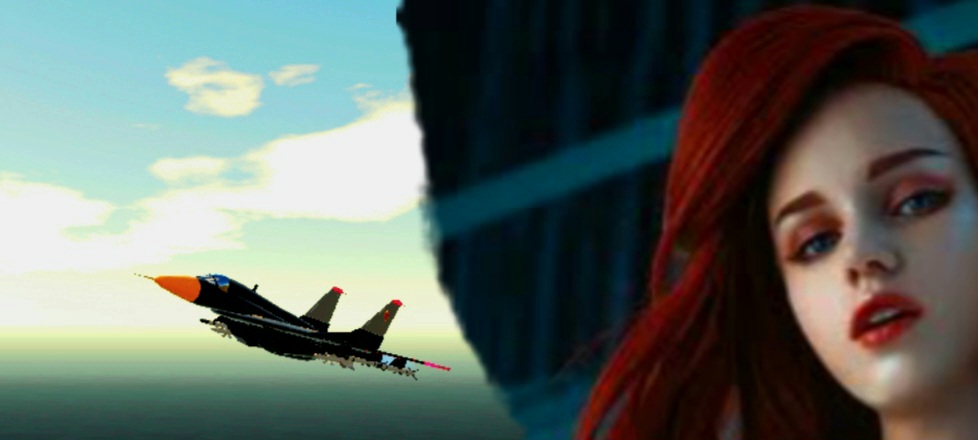
And Enjoy Flying With The Lady MiG!
Specifications
General Characteristics
- Created On Android
- Wingspan 52.7ft (16.1m)
- Length 77.2ft (23.5m)
- Height 20.6ft (6.3m)
- Empty Weight 39,021lbs (17,699kg)
- Loaded Weight 63,508lbs (28,806kg)
Performance
- Power/Weight Ratio 4.777
- Wing Loading 58.8lbs/ft2 (287.3kg/m2)
- Wing Area 1,079.4ft2 (100.3m2)
- Drag Points 10552
Parts
- Number of Parts 390
- Control Surfaces 6
- Performance Cost 1,459

